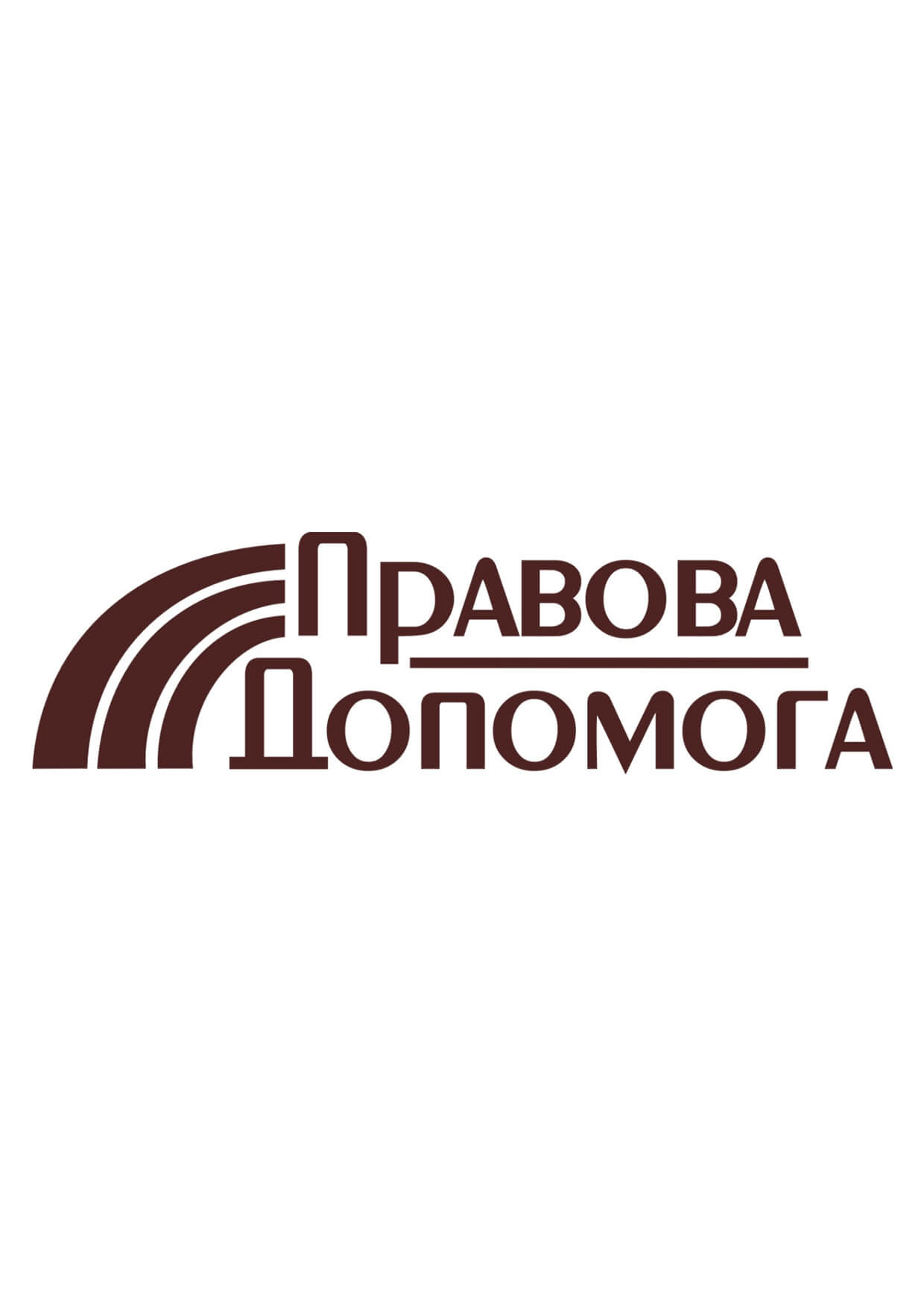How to transfer the right to use a trademark?

A registered trademark (hereinafter - TM) is an asset of the company, which the latter can dispose at its discretion. In particular, the current legislation provides for the right of the owner of the registered trademark to transfer it for use to other persons.
This may have a positive impact on both brand recognition and further income of the owner and the person who intends to use the TM. At the same time, the ability to obtain these benefits largely depends on the correct execution of the transfer of the right to use the TM.
We will tell you how to transfer the right to use the TM safely, without losing your benefits.
You may also like: What To Do If Someone Has Registered The Trademark Before You?
Transferring trademark rights: Options of transferring the right of use
The following is considered to be the use of the TM: application of the TM to the goods, its packaging, signage, advertising products and business documentation, offer to sell the marked goods, etc.
The current legislation provides for several ways to transfer the right to use the TM.
1. Issuance of a license, which implies the transfer of the right to use the TM in a certain (limited) area.
The license can be:
- An Exclusive License, which limits the circle of persons empowered with the right to use the TM only by the person who has obtained such a license.
For example, company “A” has registered the TM for goods of the 25th class of the Nice Classification (clothes, footwear, headwear). When the company A grants the exclusive license to the company B for the sale of headwear in Ukraine, the company A loses the right to transfer the TM to other persons for the sale of these goods in Ukraine, as well as to use it personally.
- A Sole License excludes the transfer of the right to use the TM in this area to other persons, but allows such use by the owner.
For example, if the company “A” has granted a sole license for the TM to company “B” entitling to sell headwear in Ukraine, it can not transfer the right to use this TM for similar products to companies “B” and “D” until the end of the license, but has the right to mark headwear with this TM in its own stores.
- A Non-Exclusive Licence allows both further use of the TM by the owner and transfer of the right to use the TM to other persons.
Please note! The choice of the license type depends on the needs of the company and the prospects for further brand development.
At the same time, the legislation does not set additional requirements for the license other than compliance with the written form (if we are talking about the license as a permission to use the TM without a license agreement).
Our lawyers will provide you with our developed version of the license, as well as make sure that your rights to the TM are fully protected, when you issue any type of license.
You may also like: Trademark Classes: Which To Choose?
2. License agreement, which provides for the transfer of the right to use the TM in accordance with the conditions established by the parties.
For the agreement to be considered valid, it is sufficient to observe the written form and to have the signatures of the parties (representatives/authorized persons). But this cannot fully settle relations between the parties and avoid possible further conflicts.
Therefore, the license agreement should also specify other conditions, in particular:
- a type of the license;
- the validity period;
- the scope of use (rights, method and territory of the TM use);
- size and procedure of payment for the use of the TM (royalties).
Please note! Although the law does not provide for the mandatory fee for the use of the TM, but the transfer of such a right on a non-repayable basis may have the consequence of detecting “understatement of tax liabilities” by the regulatory authorities during the inspection.
Our lawyers will help to calculate royalties when drafting the license agreement and advise on other legal risks that may arise when transferring the right to use the TM.
You may also like: How To Protect The Brand, If TM Registration Is Impossible?
3. Agreement on the transfer of exclusive property rights to TM.
If we are talking about the transfer of the possibility to use the TM as an exclusive property right, this document in fact does not differ from the license agreement. But it can also provide for the transfer of other powers of the owner.
Please note! According to the current legislation, registration of the transfer of the right to use the TM is not obligatory (regardless of which of the above methods is chosen).
The right choice of the method of transfer of the right to use the TM and the conditions of such transfer may protect the parties from violations of their rights and, as a result, possible losses.
If you wish to transfer your trademark or other intellectual property rights safely, don’t hesitate to call us.
Didn’t find an answer to your question?
Find more information on intellectual property rights in Ukraine here
Our clients







